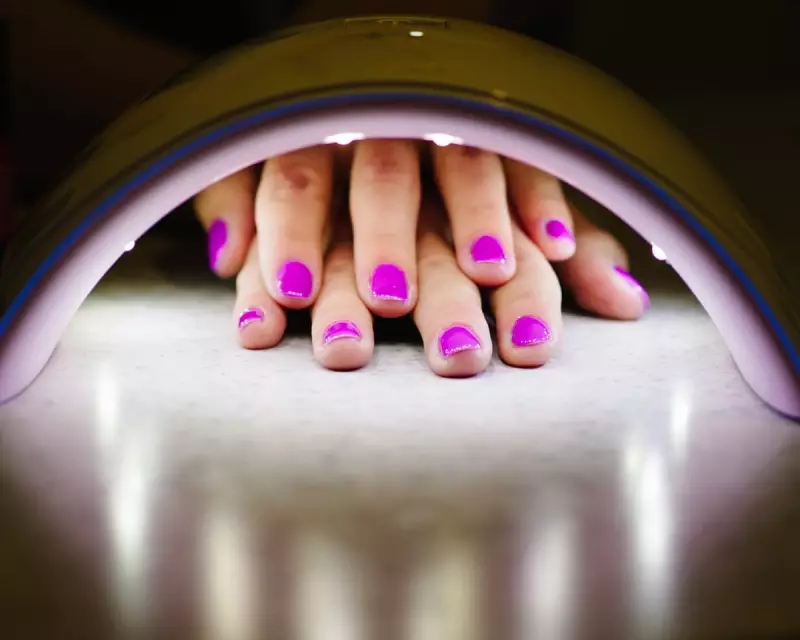
That flawless gel manicure might be hiding a disturbing secret. A growing number of Britons are experiencing severe health consequences from what should be a routine beauty treatment, with dermatologists reporting cases ranging from painful rashes to permanent nail damage.
When Beauty Causes Pain
Across the UK, patients are presenting with alarming symptoms following salon visits. "I've seen patients with blisters, bleeding, and severe pain that persists for weeks," reports Dr Sarah Jenkins, a London-based dermatologist. "Many are completely unaware that their quest for perfect nails could lead to such devastating results."
The Chemical Culprits
The primary offenders appear to be the chemicals used in gel and acrylic nail applications. Methacrylate compounds, particularly those found in some cheaper products, can trigger severe allergic reactions. Once sensitised, individuals may react to dental fillings, joint replacements, and other medical materials containing similar compounds.
- Gel polish: Requires UV light curing and strong chemicals for removal
- Acrylic nails: Contain potent adhesives and hardening agents
- Nail glue: Can cause immediate skin irritation and long-term sensitivity
The UV Light Concern
Another hidden danger lies in the UV lamps used to cure gel polishes. While the cancer risk from occasional use is considered low, the cumulative effect remains uncertain. Many salons fail to provide adequate protection or warn clients about potential risks.
Protecting Yourself
- Choose reputable salons with trained technicians
- Request a patch test before trying new products
- Ask about the chemicals in products being used
- Consider taking regular breaks between manicures
- Apply sunscreen to hands before UV lamp exposure
The Regulatory Gap
Perhaps most concerning is the lack of robust regulation governing nail products in the UK. Unlike medical devices or pharmaceuticals, beauty products face less stringent testing requirements, leaving consumers vulnerable to potentially harmful substances.
"We're seeing an epidemic of allergic reactions that could have been prevented," warns Dr Jenkins. "The beauty industry needs to take responsibility for consumer safety rather than prioritising aesthetics alone."
As the demand for perfect nails continues to grow, experts urge consumers to weigh the potential risks against the cosmetic benefits. Your health, they caution, might be too high a price to pay for that Instagram-ready manicure.





